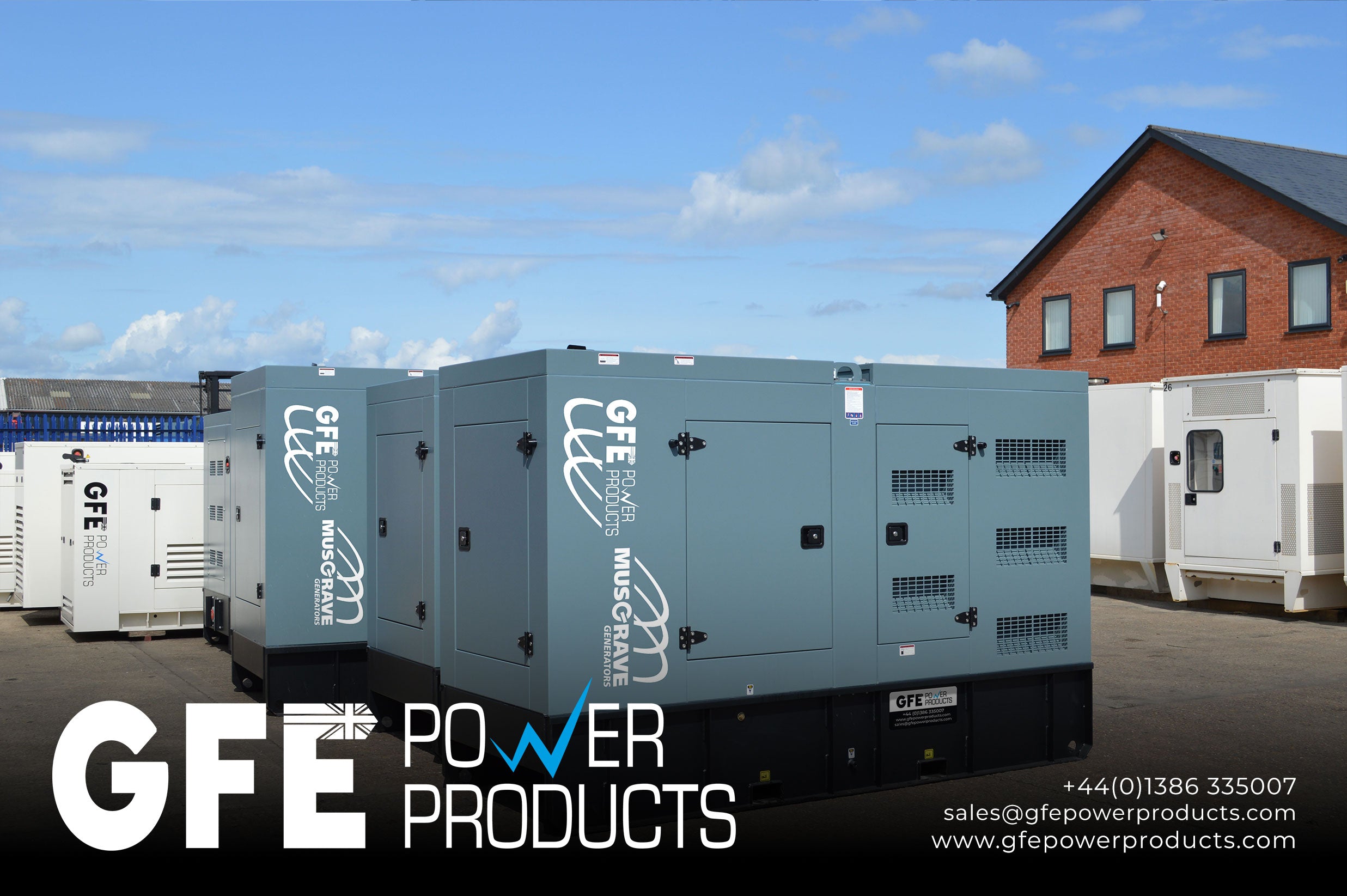
How To Plan For A Generator Installation
When planning for an industrial generator installation, several factors need to be considered to ensure a safe and efficient setup.
Key steps and considerations for site planning
Determine generator capacity: Assess your power requirements and determine the appropriate generator capacity based on the electrical load you expect to place on it. Consider factors like peak demand, starting currents, and any future expansion plans.
Select a suitable location: Identify a suitable location for the generator installation. Ideally, it should be close to the main electrical load, easily accessible for maintenance and refuelling, and comply with local building codes and regulations.
Assess environmental conditions: Evaluate the environmental conditions at the installation site. Consider factors such as temperature, humidity, altitude, wind direction, and exposure to elements. Ensure the generator and associated equipment can withstand these conditions and perform optimally.
Ensure proper ventilation: Generators require adequate ventilation to dissipate heat and ensure proper operation. Design the generator room or enclosure with proper airflow, ventilation systems, and cooling mechanisms to maintain optimal operating temperatures.
Noise considerations: Industrial generators can generate significant noise levels during operation. Evaluate the noise restrictions in the area and consider noise mitigation measures such as acoustic enclosures, sound barriers, or distance from sensitive areas.
Fuel storage and delivery: Plan for fuel storage requirements, including an adequate fuel tank capacity and provisions for refuelling. Ensure compliance with local regulations for fuel storage and consider safety measures like spill containment systems. Read our article on Fuel Tank Sizing to help you choose the correct fuel tank for your requirements.
Exhaust systems: Determine the appropriate exhaust system for the generator, considering factors like emissions regulations and the proximity of the exhaust outlets to buildings or sensitive areas. Exhaust systems should be properly designed to direct emissions away from occupied spaces and comply with environmental standards.
Electrical connections: Plan for the electrical connections required for the generator installation, including appropriate switchgear, transfer switches, and distribution equipment. Ensure compliance with electrical codes and engage qualified electricians for the installation.
Safety considerations: Prioritise safety in the design and installation process. Include features like fire suppression systems, emergency shutdowns, appropriate signage, and safety barriers. Implement safety protocols for maintenance and operation, and ensure adequate training for personnel.
Permitting and compliance: Check local regulations and obtain the necessary permits for the generator installation. Comply with environmental, zoning, building, and electrical codes. Engage with relevant authorities and consult with professionals if required.
Maintenance and accessibility: Consider ease of maintenance when designing the layout. Provide sufficient space around the generator for routine maintenance, repairs, and equipment replacement. Ensure proper access for service technicians and equipment.
Backup systems and redundancy: Assess the criticality of the power supply and consider implementing backup systems or redundant generators to minimise downtime in case of failure or maintenance.
It's crucial to consult with professionals, such as electrical engineers, architects, and local authorities, to ensure compliance, safety, and optimal performance during the site planning process for an industrial generator installation.
The GFE Power Products team can help you through the generator installation process, get in touch today for expert advice.
Phone: +44 (0)1386 335007
Email: sales@gfepowerproducts.com



